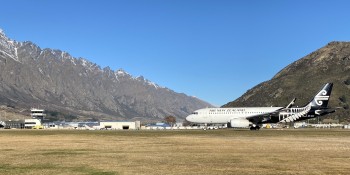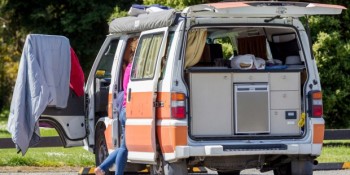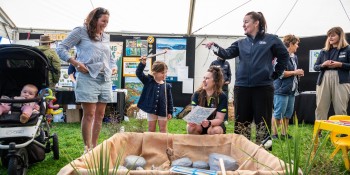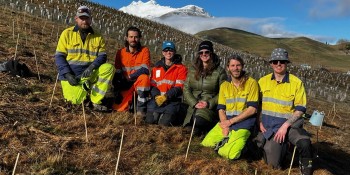Queenstown, Wānaka, Cromwell missing out on hospital beds

Rapid growth in Queenstown, Wānaka and Cromwell is outpacing the government's ability to add hospital beds.
The number of funded hospital beds for the combined catchments of Dunstan and Lakes District Hospitals is much lower than other rural communities in New Zealand, according to data analysed by local advocacy group Health Action Wānaka.
In a segment this week, the group's chair, Monique Mayze, says Health New Zealand figures show the two inland Otago hospitals need an additional 29 beds between them to achieve parity with other similar rural hospitals based on 2018 resident populations.
“We have 0.71 inpatient beds per 1,000 people in the Dunstan and Lakes District hospitals' catchments, while 1.2 inpatient beds per 1,000 people is the average at other level three rural hospitals across the country.
“The new community-level census data is not yet available but we know that our community is growing rapidly, so this disparity is likely to be even greater.
“On top of the lack of beds, Dunstan Hospital is 199 kilometres from a large hospital with specialist care (tertiary hospital), making it the second most isolated (level three) rural hospital in the country, and at 183 kilometres from a large hospital, Lakes District Hospital is the third most isolated level three rural hospital in New Zealand.
“While the West Coast is the most isolated in terms of distance to a tertiary hospital, it has a higher bed ratio to compensate. Similarly, Kaikōura is quite isolated but also has a higher bed ratio, while some rural areas such as Bay of Islands and Hawera have lower bed ratios but are closer to large hospitals.
“Here in the Upper Clutha, we lose out on both counts with a lower bed ratio and our significant distance from a large specialist hospital.”
Ms Mayze says a lack of beds increases the risk of poor health outcomes for people.
“We know that our ambulance service is under pressure because our nearest hospitals do not always have enough beds to take Upper Clutha patients who arrive by ambulance.
“This means that patients may have to be moved between hospitals and could be at risk of being discharged early because beds are needed.
“Lakes District Hospital is the publicly funded Emergency Department for our community, and with only 17 beds (12 general ward and five maternity), is unlikely to be able to meet demand of our community’s rapidly growing population along with the spikes in numbers due to visitors.
“Meanwhile, the team at Dunstan Hospital is also under pressure because their 24 funded beds are often full.
“We recognise that funding decisions need to be based on more than just population size, and must be responsive to the particular needs of each community, however, we also believe this lack of funding reflects a larger trend of inequitable distribution of services to our region.”
Health Action Wānaka is a community-led advocacy group committed to achieving equitable access to health services for the Upper Clutha community.
The group was formed in March 2024 following a community meeting hosted by the Wānaka Upper Clutha Community Board.
What you need to know:
- Rural hospitals in New Zealand are classified as either level one, two or three. Level one rural hospitals have visiting medical cover, level two have on-site medical cover during normal working hours, and level three have on-site 24-hour medical cover (Source: ‘ASMS: Rural health at a crossroads: tailoring local services for diverse communities’).
- The ratios have been calculated using a population figure for the combined Dunstan Hospital and Lakes District Hospital catchments (Source: Rural Health New Zealand Snapshot 2024) and inpatient bed numbers taken from the Ministry of Health's Legal Entity Summary Public Hospital.
Main image: Lakes District Hospital in Queenstown.

























